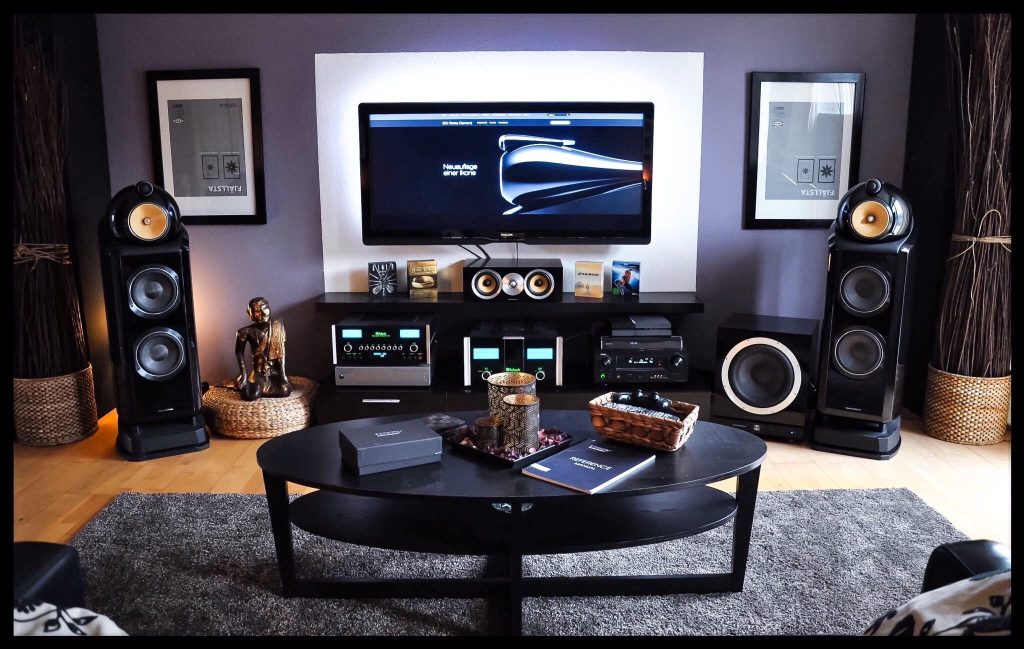
Smart lighting offers a range of benefits that are attractive to homeowners. For example, a light can be programmed to turn on gradually at dawn, or to dim to signal bedtime. It can also connect to other systems to notify you of events such as a doorbell or social media notification.
Cost-effectiveness
Using a smart lighting system can save you money in the long run. These lights are more energy-efficient than traditional bulbs and use up to 25 times less energy. Plus, most smart lighting products offer the ability to set a schedule and adjust the brightness. Some even allow you to control the colour of your light (depending on the kind of bulb you choose).
Smart lighting also reduces energy consumption and waste by avoiding unnecessary power usage. Many systems include motion and lighting sensors that turn on and off based on your movement patterns. You can also tell the system to automatically turn off lights at certain times when you’re not home.
You can also save time by controlling your lights from your smartphone. Whether you’re lying in bed, working at your desk late at night, or even on vacation overseas, all it takes is a few effortless taps to make sure your lights are off.
Convenience
Depending on the system you choose, smart bulbs can be controlled with a remote control, an app on your smartphone or tablet, or by voice commands through a digital voice assistant or smart display. Some even have motion sensors to turn on lights when they detect movement in the room.
They can also be programmed to switch on at specific times or sync with sunrise and sunset. This is handy if you tend to forget to turn off the lights in your house before going to sleep or if you’re a business owner who doesn’t want to pay for energy when customers aren’t there.
Some smart lighting systems can help with health issues such as seasonal affective disorder (SAD). Research has found that the cold white light of traditional bulbs disrupts our circadian rhythm and causes melatonin levels to decrease, leading to mood disorders. Some smart bulbs can change color to mimic sunlight and melatonin, helping with this issue.
Energy efficiency
Smart lights connect to a network of sensors that can detect when they are needed. This means that they are turned on only when there is a demand for light and off again when there isn’t. This saves energy and reduces maintenance costs.
In addition to saving money on electricity bills, smart lighting can help people get better sleep. Studies show that the blue light emitted by traditional bulbs disrupts circadian rhythms and can cause melatonin levels to fall, which can lead to health problems over time. However, some smart LED lights use warm or natural-looking white light that doesn’t affect melatonin levels and can help improve sleep patterns.
Another benefit of smart lighting is that you can control it from anywhere. Some devices allow you to adjust the brightness and even the color of your light bulb with a few taps on your device. You can also snooze your alarm with a voice command or switch off the lights when you’re ready to go to bed.
Security
While it may seem counterintuitive to install smart lighting in your home, these systems can help you to keep your family safe. They can be programmed to turn on automatically when the fire alarm goes off, for example, so you don’t have to fumble around in the dark or find a light switch.
Smart lights are usually LED bulbs that can be controlled via a smartphone app or voice assistant and can be integrated with other smart home technology. They often require a hub, which plugs into your router, to communicate with other devices and control them remotely.
However, this can be a security threat because hackers can exploit the connection between the smart light and your Wi-Fi network to access your home network. Thankfully, there are some ways to mitigate this risk by connecting your smart light bulbs to a separate hub that can separate them from your Wi-Fi network. This will also prevent them from being prone to flickering in any video footage you have of your home.